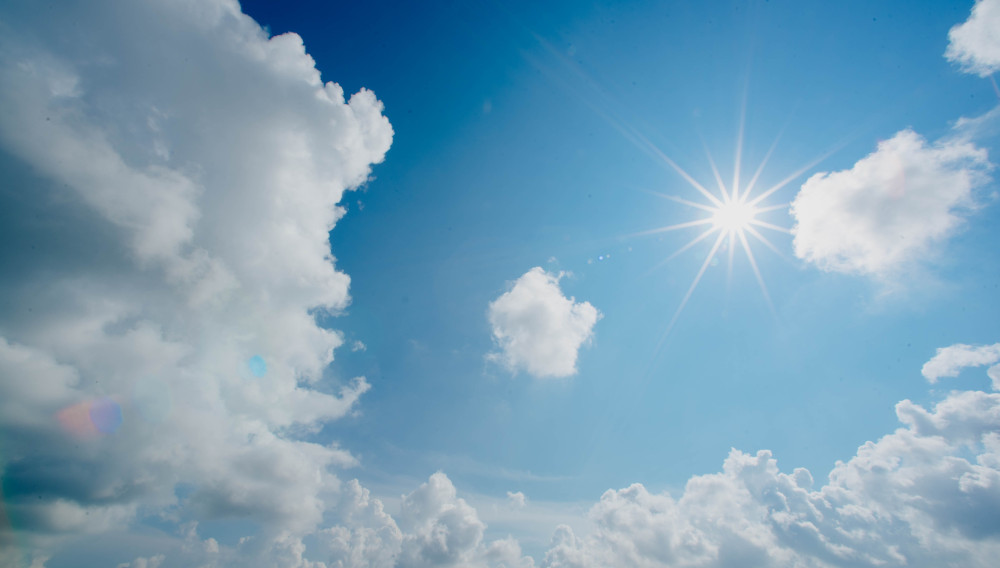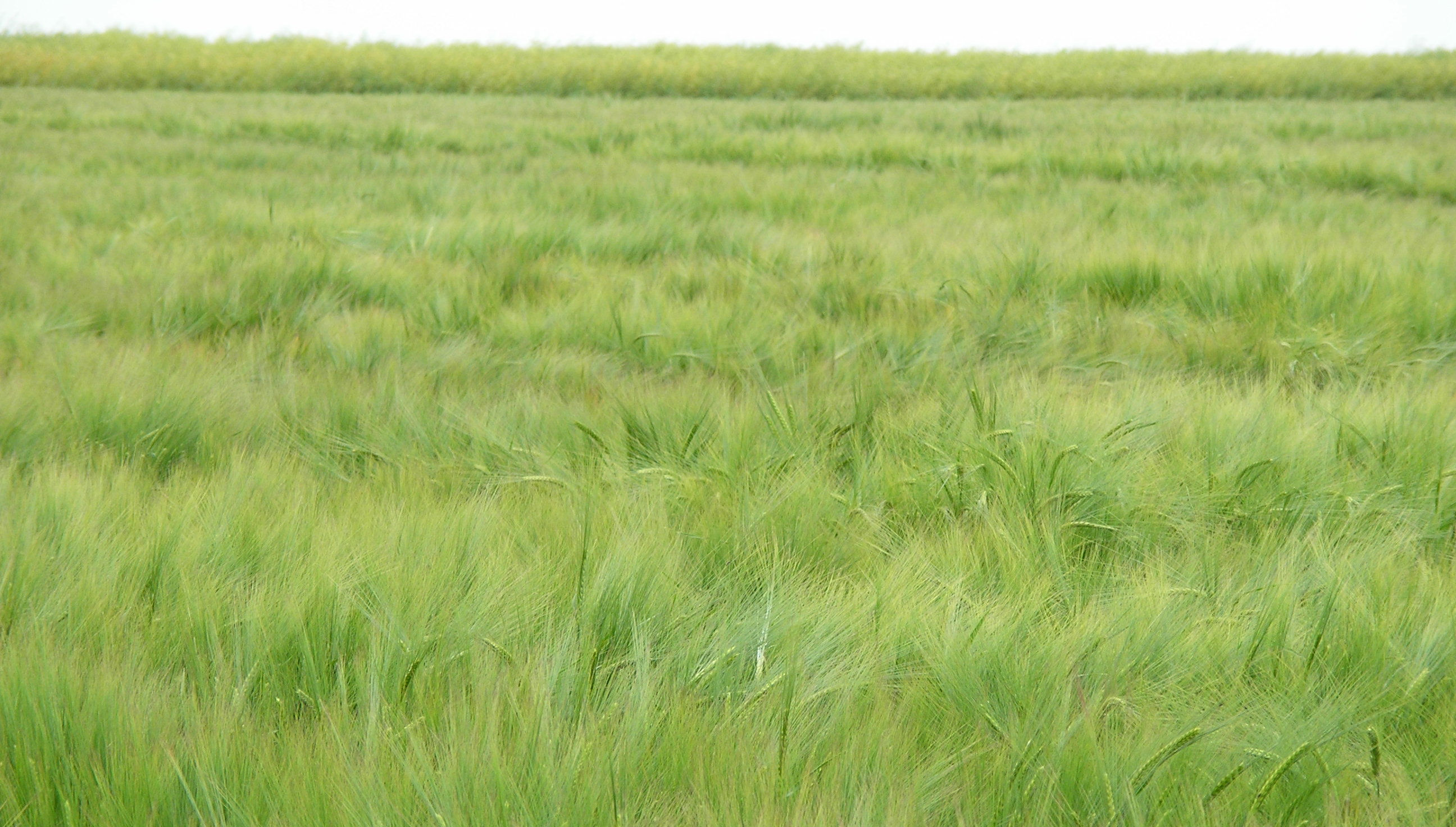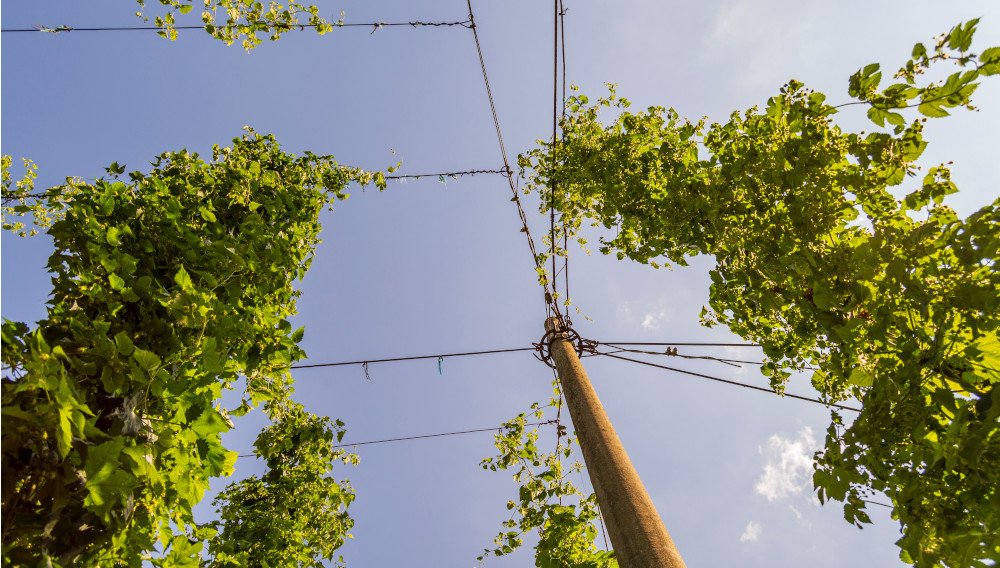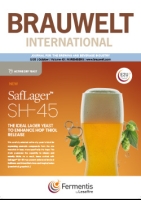Natural solution | IFast NV, a biotech company dedicated to the organoleptic and functional properties of food and drinks, has developed an innovative hop-based technology that provides a natural solution to the light taste in beer, also known as lightstruck, and which does not affect the organoleptic (bitter) properties of the beer.
Australian crop report | Hop Products Australia (HPA), Australian representative of the Barth Haas group, have completed the 2021 hop harvest. They picked 675 hectares across their three farms, which resulted in 1,526 metric tonnes of hops. This was a 44 hectare (6.9 %) net increase and a 25 metric tonne (1.6 %) decrease year-on-year across the six proprietary varieties Eclipse®, Ella™, Enigma®, Galaxy®, Topaz™ and Vic Secret™ as well as Cascade.
Normal level | The acreage of spring barley in Europe is estimated to be smaller than last year. Particularly in important growing countries, it has been reduced significantly in some cases. Thus, after the exceptional year 2020, a “normal” cultivation in line with previous years can be assumed again.
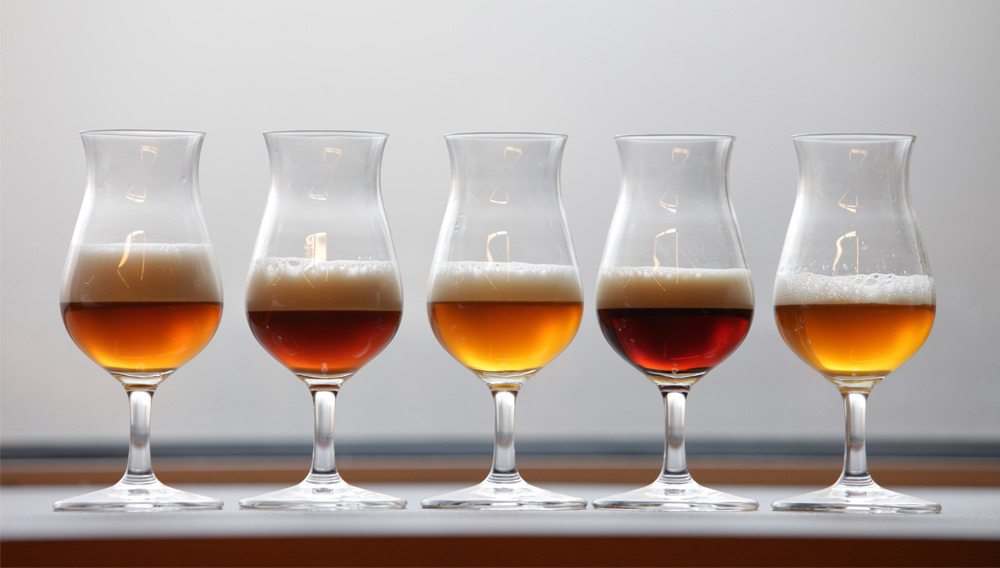
Measuring beer color | This is the first in a three-part series of articles about the nature of beer color, as well as the difficulty of accurately quantifying color both at the recipe design stage and in the finished beer. Part 1 explores the nature of color in general and the historical evolution of beer color measurements. Part 2 examines the differences and similarities of the most common equations used by today’s brewers around the world for calculating beer color – not after the fact in the laboratory – but in advance during recipe formulation. Finally, part 3 analyzes three test beers brewed specifically for this study. It compares the color predictions for these brews made by the different beer color formulae outlined in part 2 to the actual color measurements of the same brews made in the laboratory. This comparison allows practical brewers to select which equation might be the most advantageous for them to use at the recipe design stage.
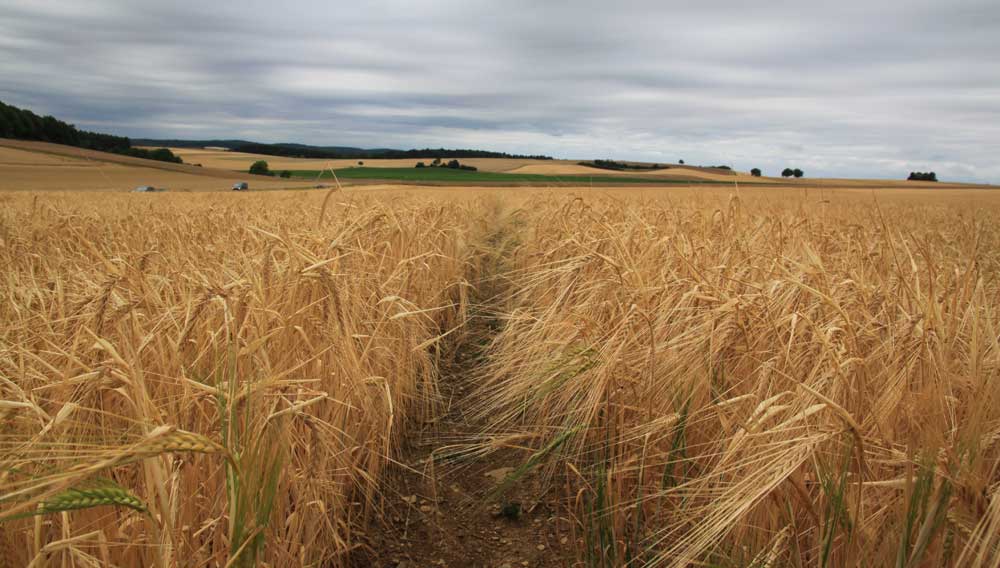
Grain processing | Various trends in food safety and product quality all point in one direction: flawless cleaning at the malthouse is essential for the production of excellent malt. Bühler provides technological systems that cater for all requirements during processing, sorting and deculming.
Sensory research | Branched chain fatty acids (isobutyric acid, isovaleric acid, and 2-methylbutyric acid) are major metabolites that originate from various metabolic pathways. Thus, these compounds are contained in various foods and beverages. These compounds in beer have their origins in malts, hops, and also from yeast metabolism. It is well accepted that these fatty acids may give rise to some rancid off-flavours. However, an effect of these compounds on overall beer flavour has not yet been fully elucidated. The following article summarises a part of the research results which have already been published in BrewingScience, 2019, issue 6: November/December.
Slight decrease | According to the report from the Central Institute for Supervising and Testing in Agriculture from December 2020, the total hop production reached 5925 tons in the Czech Republic in 2020. The table provides an overview of the hop production in all Czech hop growing regions – Saaz, Auscha and Tirschitz. The average yield for all hop varieties grown in the Czech Republic was 1.19 t per hectare. The decrease in production compared to 2019 was caused by a very dry July and warm August climate together with severe windstorms and hails storms during the vegetation.
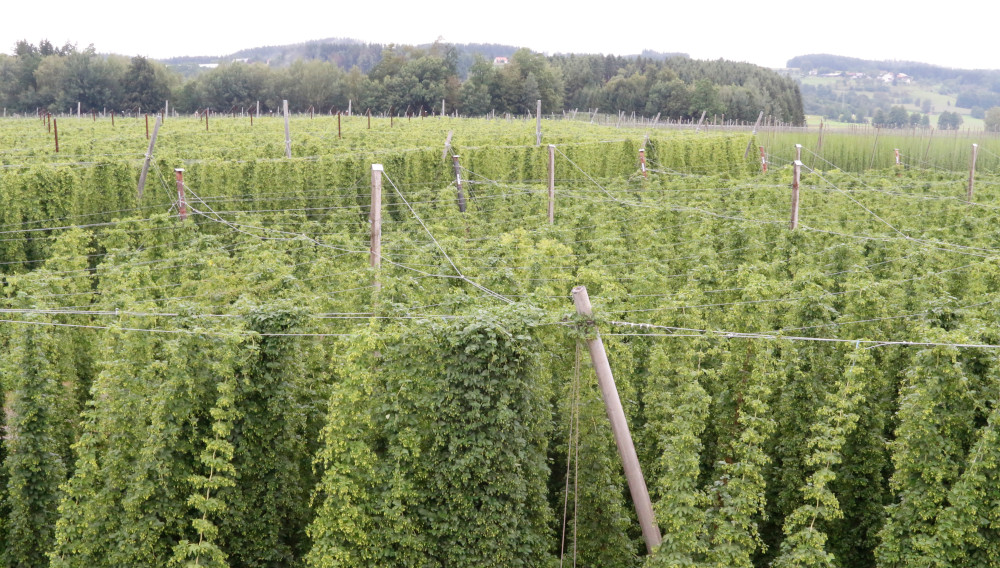
Crop year 2020 | Mean alpha acid values determined for the freshly harvested hops of 2020 as published by the working group Arbeitsgruppe Hopfenanalyse (AHA), among them the laboratories of the German hop processing facilities.

New hop variety | Pearls have fascinated mankind for 5000 years. Their lustrous and elegant sheen makes the Akoya pearl very special, it is a synonym for quality but also for the achievements of modern breeding. Like the pearl breeders in Japan, the Hopsteiner hop breeders devoted much time and energy to developing their very own pearl. The outcome: Akoya.

Breeding success | Diamant, a new noble aroma variety and a daughter of the old Spalter landrace, was launched by the Society of Hop Research (GfH) after an extensive time in development and selection carried out at the Bavarian State Research Centre for Agriculture, Freising, Germany. Diamant is a modern, economical variety with a top-class flavour, and it is environmentally compatible.

Ludwig Narziß Prize | As with almost all public events, awards ceremonies have also been impacted by the current Covid restrictions.



